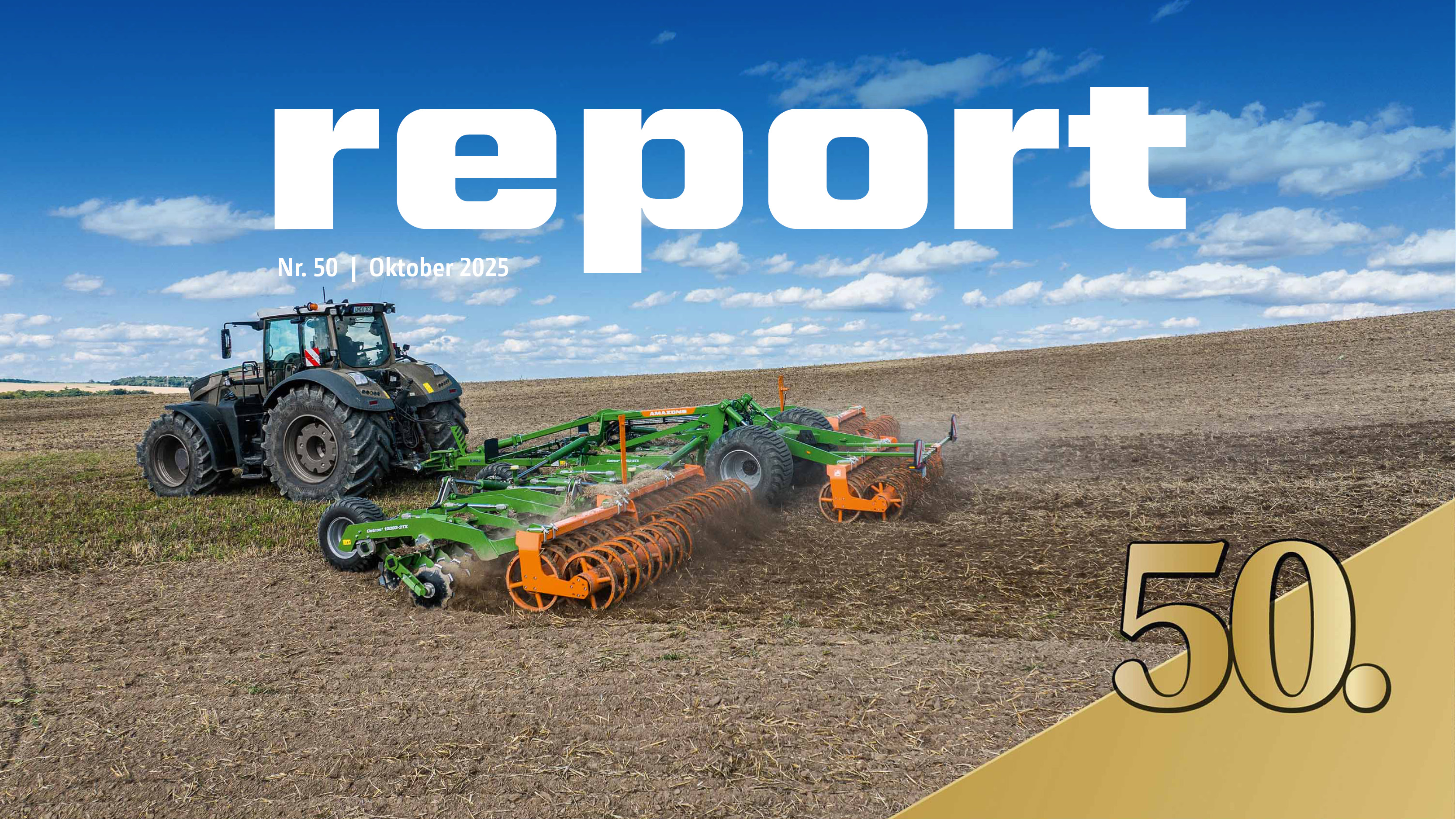1.1 Sustainable agriculture - the challenges
The challenges for agriculture with regard to a more efficient and environmentally friendly method of cultivation will be growing significantly in the coming years:
Growing enough food
While the world population is increasing, the amount of arable land per capita is diminishing. Each person currently has 0.21 hectares at his or her disposal; this will rise to 0.15 hectares of basic food resource per capita in 2050. Our machines enable us to help ensure that yields per hectare, e.g. for wheat and feed grain, continue to rise. After all, a large proportion of the world’s crop production comes from the targeted use of fertilisers and plant protection.
The current world population will grow to an estimated 9.7 billion people in 2050. In this respect, arable farming is a cornerstone of food security. Agriculture and agricultural technology are therefore systemically important.
Loss of usable land
Around 60 hectares of usable agricultural land are lost every day to alternative uses for industrial and residential development in Germany. The remaining land must therefore be used more efficiently.
Energy
Agriculture is playing an increasingly important role as a producer of renewable energy. Bioenergy for electricity, heat and fuel can save significant amounts of emissions from agriculture.
Climate change
Climate change can lead to weather extremes worldwide. In some regions, lower rainfall will lead to longer periods of drought, meaning that the amount of land which was previously adequately supplied with water is reduced.
Resources
Climate protection, soil protection and water conservation form part of sustainable agricultural practices. CO2, methane and nitrous oxide emissions should therefore be reduced, ground water and bodies of surface water protected and erosion and harmful compaction avoided.
Political and legal requirements
Increasing political requirements for a reduction in the use of plant protection agents and fertilisers as well as the abandonment of certain plant protection agents necessitate modified cultivation methods in crop production.
Cost and efficiency pressure
Cost and efficiency pressures for farms will continue to increase in many regions due to falling product prices, stricter environmental regulations, reduced public subsidies and rising costs for rents and wages.
